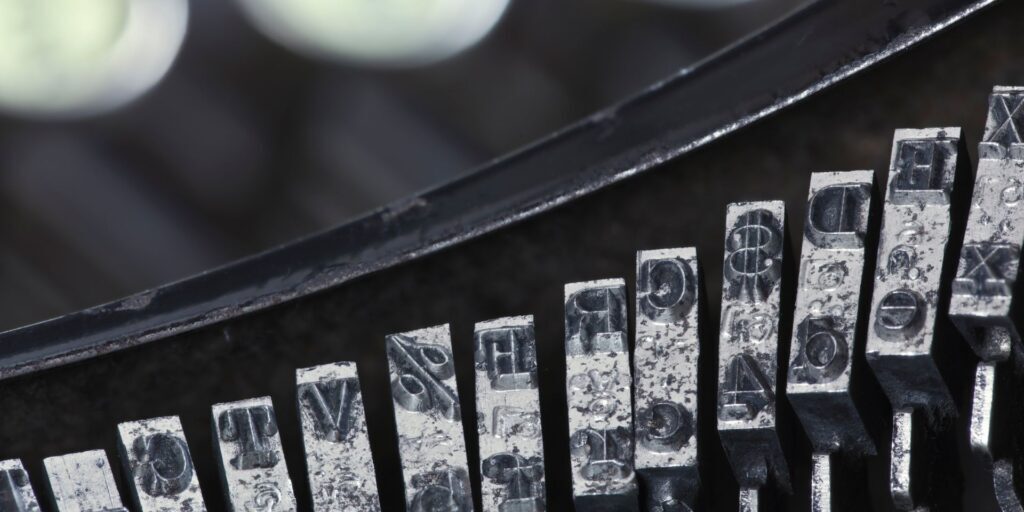Think packages, not pieces
Readers would rather read 800 words if you delivered it in a package of shorter bites — say, a 400-word main story, a 300-word sidebar and a 100-word resources box — than if you ran it in one long river of text.

To break your copy up:
1. Think packages, not pieces.
In addition to your main story, you might repackage your piece into:
- Sidebars
- Boxes
- Lists
- Related stories, separate web pages
- Freestanding vignettes
- Fun facts, trivia or other marginalia
You might even consider serializing your story, or breaking your piece into short segments to run in different issues or posts.
“You can get your readers to read more and more if you offer it to them in smaller and smaller bites.”
— Roy Peter Clark, vice president and senior scholar, The Poynter Institute
2. Chunk, don’t chop.
When breaking web copy into related stories and sidebars, look for thematic elements, not “part one,” “part two,” “part three.” That’s chopping, not chunking.
Reality check: If you’re having trouble writing a heading or link for your piece, chances are, you’re chopping. After all, “Part two” isn’t a very successful link.
3. Write in complete chunks
Each web page, sidebar, box or other “chunk” should stand on its own. Each should include a beginning, middle and end.
Remember: You might have written the sidebar after you wrote the main story, but chances are, the reader will read the sidebar first.
Bottom line: Break your copy into meaningful chunks, and create a separate piece for each chunk.




